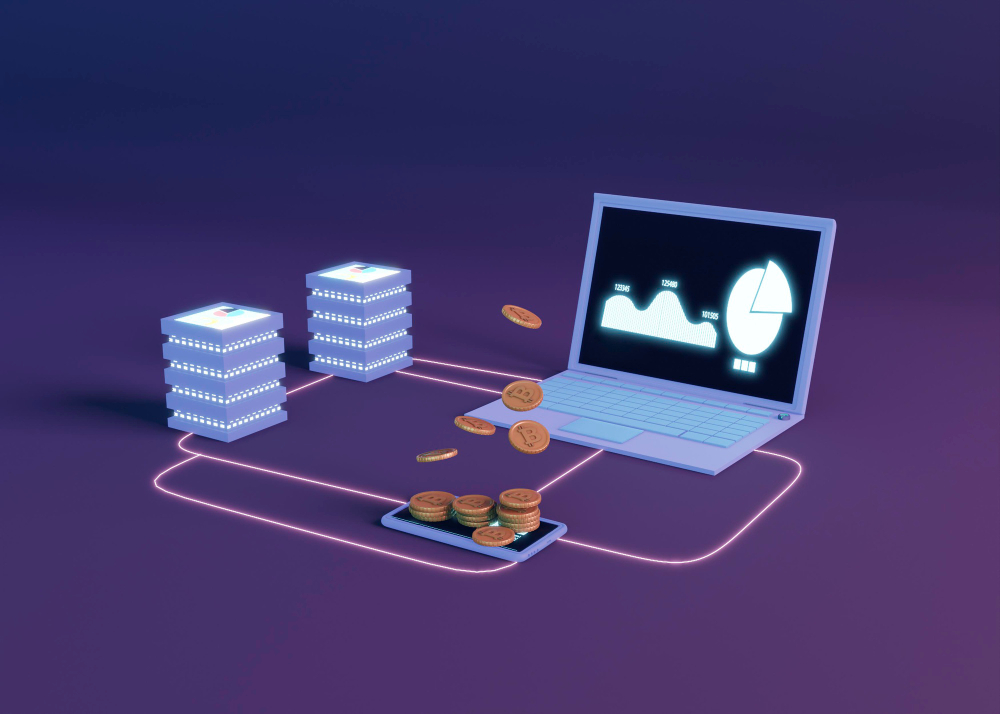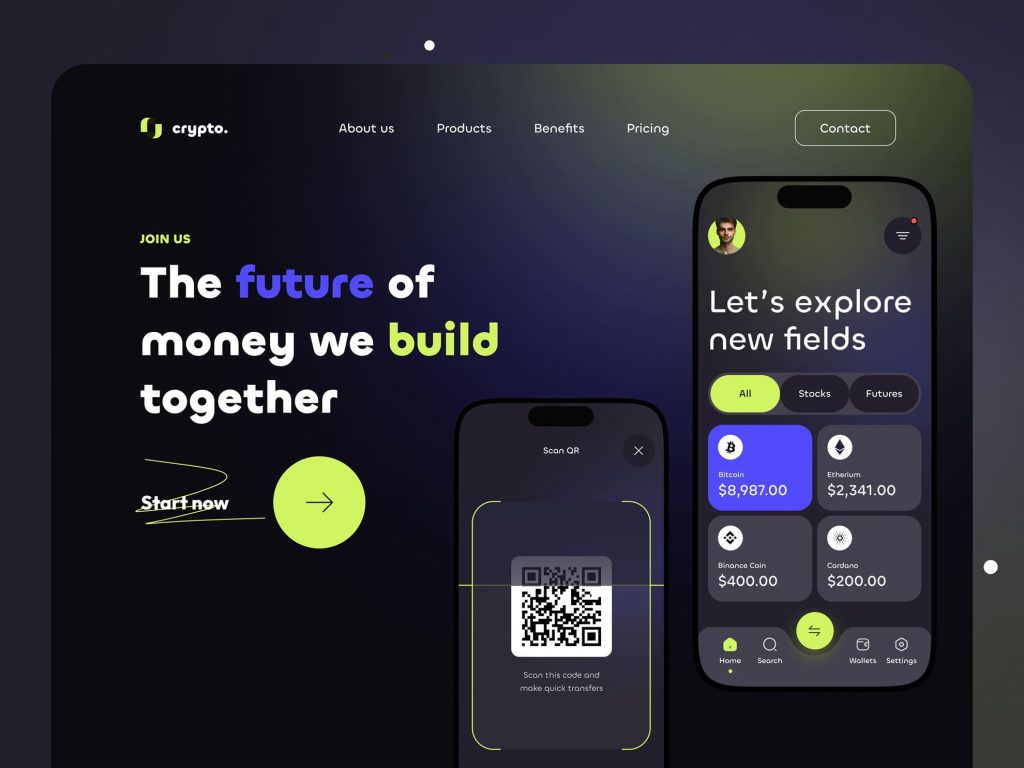Decentralized applications (dApps) are reshaping the way we think about digital ownership, data security, and transparency. Built on blockchain networks, these applications offer users a new level of control and trust by removing central authorities from the equation. If you’re looking to develop a Web3 dApp, this guide will walk you through everything you need to know.
What Is a Web3 dApp?

A Web3 dApp is a decentralized application that runs on a blockchain rather than traditional centralized servers. Unlike conventional apps, dApps use smart contracts—self-executing agreements coded into the blockchain. These contracts define the logic of the application and enable trustless interactions.
Popular examples of Web3 dApps include:
- Decentralized exchanges (DEXs)
- Prediction markets
- NFT marketplaces
- Blockchain-based games
Core Components of a dApp

To build a fully functioning dApp, you’ll need the following components:
- Smart Contracts: These contain the logic and rules of your application. They are deployed to the blockchain and executed in a decentralized environment.
- Front-End UI: The user interface can be built with standard technologies such as React.js, Vue.js, or plain HTML/CSS/JS.
- Blockchain Node or Provider: A way for your front-end to communicate with the blockchain (e.g., via Infura or Alchemy).
- Wallet Integration: Enables users to interact with your dApp using wallets like MetaMask or WalletConnect.
Advantages of Building with Web3
- No Central Point of Failure: dApps operate on peer-to-peer networks, reducing the risk of downtime or hacks.
- User Data Control: Users own their data and control access, often via wallet-based authentication.
- Crypto Payments: Accept payments directly in tokens, bypassing traditional banking systems.
- Interoperability: Many dApps and smart contracts are composable, allowing integration with existing DeFi and NFT protocols.
Disadvantages to Consider
- Complexity: Smart contract logic must be secure and cannot be easily modified after deployment.
- Performance: Blockchain-based apps may suffer from latency and scalability challenges.
- Regulatory Uncertainty: The legal landscape for blockchain is still evolving.
Step-by-Step: How to Build a Web3 dApp

1. Install Dependencies
Here’s a list of tools you might use:
- Node.js: Runtime to execute JavaScript server-side.
- NPM or Yarn: Package manager.
- Web3.js or Ethers.js: Libraries for interacting with Ethereum.
- Truffle or Hardhat: Frameworks for writing and testing smart contracts.
- Ganache: Local Ethereum network for development.
- MetaMask: Wallet for testing transactions in-browser.
2. Write and Test Smart Contracts
Use Solidity (or Vyper) to write your smart contract. Define how users interact, what data is stored, and how logic is executed. Test thoroughly using local networks like Ganache or tools like Hardhat.
3. Deploy Contracts to the Blockchain
After testing, deploy your contracts to a public testnet (Rinkeby, Goerli) and eventually to the Ethereum mainnet or another chain (e.g., Polygon, BNB Chain).
4. Build the Front-End
Design a user-friendly UI that communicates with your smart contract using Web3.js or Ethers.js. Implement wallet connection, transaction execution, and data fetching from the blockchain.
5. Connect Smart Contract to Front-End
This includes:
- Setting up the contract ABI and address
- Calling contract methods from the UI
- Listening to blockchain events and reacting in real time
6. Testing and Debugging
Ensure every flow works properly, from wallet connection to smart contract calls. Include error handling and UX feedback.
Summary

Building a Web3 dApp is more accessible than ever with modern frameworks and robust tooling. However, success requires careful planning, strong security, and a deep understanding of both front-end development and blockchain logic. Whether you’re developing an NFT marketplace or a DeFi tool, a solid foundation in smart contracts and a great user experience will set you apart.
If you’re looking to build a scalable and secure dApp, our team at Tino Agency can help guide you from concept to deployment. We bring real experience in building Web3 products that perform in the real world.
FAQ
The timeline depends on the complexity of the application, but a basic MVP can take 4 to 10 weeks. This includes contract development, front-end integration, and testing.
You’ll need experience in smart contract development (e.g., Solidity), JavaScript frameworks for the front end (like React), and Web3 libraries such as Web3.js or Ethers.js.
It depends on your use case. Ethereum is the most popular but has higher fees. Alternatives like Polygon, Solana, or Avalanche offer lower costs and higher throughput.
In most cases, smart contracts are immutable. However, you can use proxy contract patterns or upgradeable frameworks (e.g., OpenZeppelin Upgrades) to allow limited updates.
Users typically connect through crypto wallets like MetaMask, which lets them authorize transactions and manage tokens directly within the app.
